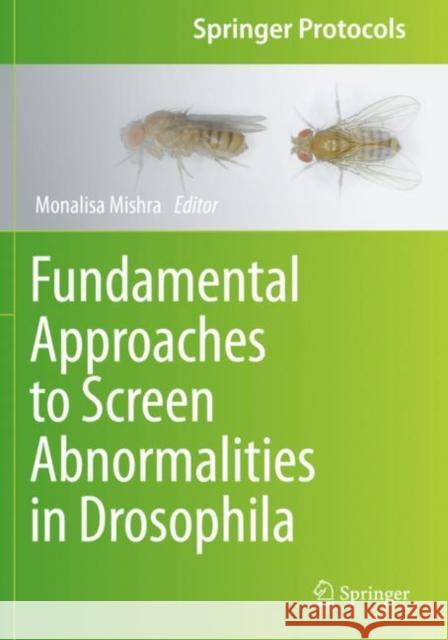Fundamental Approaches to Screen Abnormalities in Drosophila » książka
topmenu
Fundamental Approaches to Screen Abnormalities in Drosophila
ISBN-13: 9781493997589 / Angielski / Miękka / 2021 / 265 str.
Fundamental Approaches to Screen Abnormalities in Drosophila
ISBN-13: 9781493997589 / Angielski / Miękka / 2021 / 265 str.
cena 443,82
(netto: 422,69 VAT: 5%)
Najniższa cena z 30 dni: 424,07
(netto: 422,69 VAT: 5%)
Najniższa cena z 30 dni: 424,07
Termin realizacji zamówienia:
ok. 22 dni roboczych
Dostawa w 2026 r.
ok. 22 dni roboczych
Dostawa w 2026 r.
Darmowa dostawa!
Kategorie:
Kategorie BISAC:
Wydawca:
Springer
Seria wydawnicza:
Język:
Angielski
ISBN-13:
9781493997589
Rok wydania:
2021
Wydanie:
2020
Numer serii:
000389047
Ilość stron:
265
Oprawa:
Miękka
Wolumenów:
01











